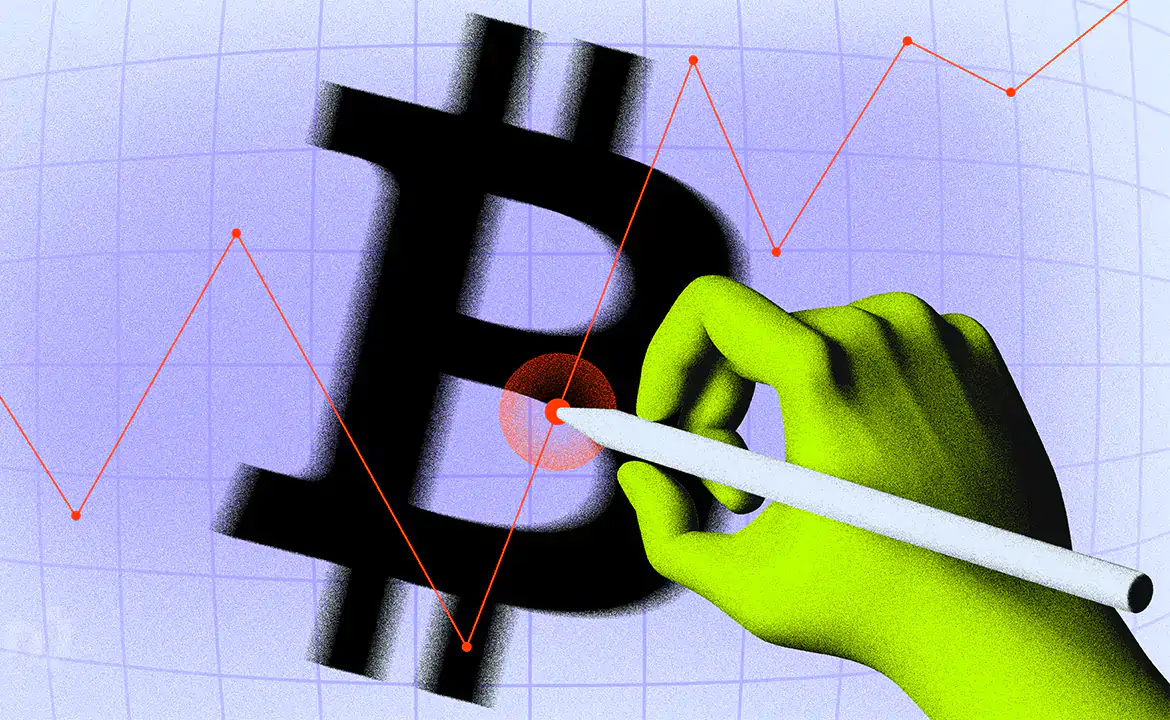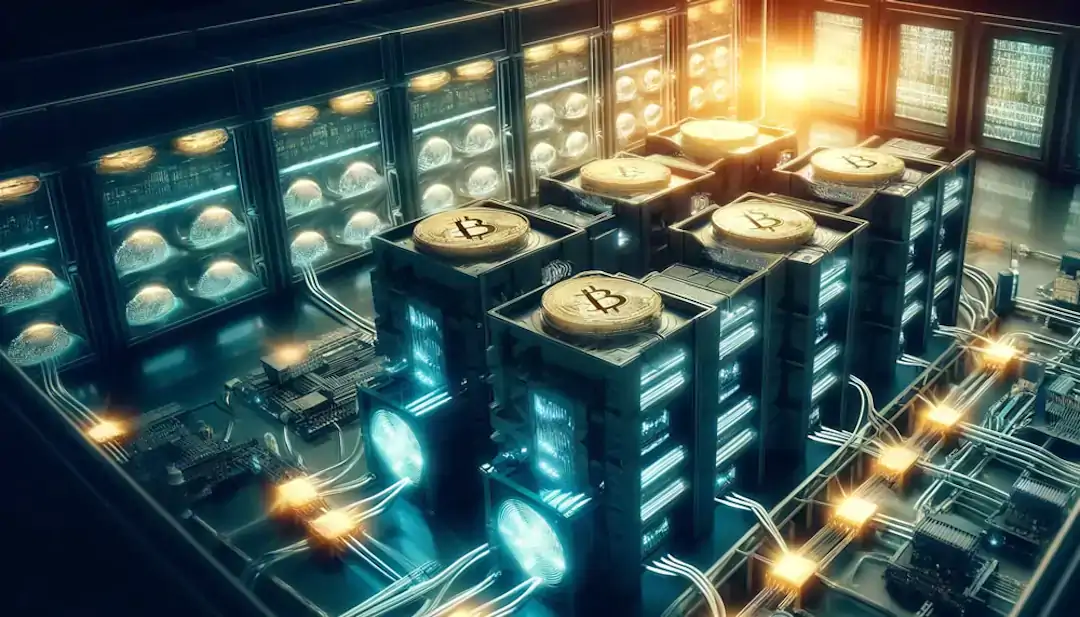Sam Kessler
Sam is a reporter at CoinDesk focused on decentralized technology, DeFi and DAOs. He owns ETH, BTC and MATIC.

Danny Nelson
Danny is CoinDesk's deputy business editor. He owns BTC, ETH and SOL.
The Latest:
- UST dropped as low as $0.65 on Monday, suggesting a potential collapse of the market’s leading algorithmic stablecoin.
- LUNA, UST’s shock absorber, dropped 50% to $30.
- Luna Foundation Guard, the entity in charge of maintaining the stablecoin’s peg, drained its $1.5 billion bitcoin reserve and bought $850 million more in BTC in a bid to defend UST’s peg.
- The move may have created sell pressure contributing to bitcoin’s 10% price dip on Monday.
- On Tuesday morning, UST returned to $0.90 following LFG's deployment of additional bitcoin to preserve the peg.
Algorithmic stablecoin UST lost its $1 peg for the second time in three days Monday, falling as low as $0.65 according to the most recent price estimates from CoinMarketCap. As UST has "depegged," the price of LUNA, its sister token, has dropped 45% to $33 in the past 24 hours, according to CoinMarketCap.
The price action prompted the custodian of Terra’s bitcoin reserves, the Luna Foundation Guard (LFG), to snap up and quickly deploy 28,205 bitcoin (BTC) in a bid to defend the peg by buying up UST and providing liquidity on exchanges. That action coincided with a modest recovery in UST’s price; It surged from lows in the $0.65 range to $0.78 as of press time.
On Tuesday morning, UST returned to $0.90 as LFG's bitcoin reserves outweighed the exhausted supply on exchanges. Luna has also recovered from a low of $23.16 to $28.81.

As bitcoin sunk by 10% on Monday alone, UST’s believers and detractors alike pondered how much LFG’s salvation attempts exacerbated a bitcoin sell-off that brought BTC to its lowest price since July 2021.
As Terra supporters continued to signal confidence on Monday, a crowd of longtime critics were quick to say, “I told you so.” Some even drew parallels between Terra and IRON Finance, a stablecoin that fell to zero last year in what was called crypto’s first large-scale bank run.
Terra's multi-billion dollar algorithmic stablecoin UST blew up today.
Aside from destroying the value of $LUNA, they used their bitcoin reserves to try to defend the peg, kind of like a flailing emerging market using its gold reserves to defend its FX. https://t.co/uCfF4hmDtP
— Lyn Alden (@LynAldenContact) May 10, 2022
“There's still ample reserves to support the peg,” Jose Maria Macedo, a member of LFG’s council, Told CoinDesk earlier in the day as UST’s depegging was first becoming evident.
UST, a so-called algorithmic stablecoin, works with LUNA to maintain a price of $1 using game theory and a set of blockchain-based mint and burn mechanics. In an ideal world, these mechanics are supposed to ensure traders can always swap $1 worth of UST for $1 worth of LUNA, Which has a floating price and is meant to serve as a kind of shock absorber for UST price volatility.
Centralized stablecoins like USDC and tether form the foundation of decentralized finance (DeFi) with their fully collateralized answers to the digital dollar, but Terra’s “decentralized” UST stablecoin has been nipping at their heels as of late with a market cap of over $18 billion.
Terra says its algorithmic stablecoin will rip power away from centralized institutions and failed monetary policies. Skeptics allege the entire system is a ponzi scheme propped up by memes, fake fundamentals and whales.
A UST collapse would send ripples through the entire DeFi industry, and it will sound alarm bells for regulators who notice retail investors holding the bag.
The shape of things to come
Trouble began brewing for Terra this past weekend, when major UST sell-offs from a Terra whale and precipitous withdrawals from UST’s Anchor money market briefly brought UST as low as $0.985 on Saturday.
Last Friday, 75% of circulating UST was deposited in Anchor, which has in the past wooed investors with 20% annual returns.
Anchor’s UST deposits nosedived from $14 billion to around $7 billion amid UST’s 72-hour price cratering.
Read more: Investors Flee Terra’s Anchor as UST Stablecoin Repeatedly Loses $1 Peg
UST’s heavy reliance on Anchor has long caused tension between the stablecoin’s boosters and critics who say that Anchor’s yields are artificially inflated by Terraform Labs (Terra’s creators) and its big-money backers, like Jump Crypto and Three Arrows Capital.
Over time, critics say, Anchor would’ve been forced to reduce yields to the point where users would no longer have any incentive to lock up UST with the platform. In a world where there are few other uses for UST, such a scenario would have spelled trouble for the fledgling currency.
To allay these and other concerns, Terraform Labs CEO Do Kwon went on a massive bitcoin buying spree in order to create a kind of partial reserve for UST. The bitcoin reserves, which have no concrete link to the smart contracts that power Terra’s UST stablecoin, went into the hands of the newly formed LFG.
On Monday LFG announced that it would, for the first time, loan out the reserves to professional market makers in an attempt to defend UST’s peg.
The reserve funds, topped up by an additional $850 million on Monday, have been used to defend UST’s peg on exchanges like BINANCE and Curve.
While Macedo, the LFG council member, expressed optimism to CoinDesk that the BTC reserves would be enough to bring UST back to $1, not everyone agrees.
According to Kevin Galois, a hedge fund manager and Terra critic, “[Terra] barely bought themselves a day with their $750 million peg defense play.”
“At this point they either let LUNA bleed out max convertible amount per day or recapitalize the UST debt for cents on the dollar. So either haircut the UST holders or let the LUNA holders take massive losses,” Galois wrote to CoinDesk.
Perhaps the most consequential outcome of Monday’s price action is that Luna’s market cap has fallen below that of UST's. This potentially jeopardizes UST's entire stabilizing mechanism, which is built upon the idea that 1 UST can always be swapped for $1 of LUNA.
If UST is more valuable than LUNA, Terra risks becoming insolvent should there ever be a bank run.
What people are saying
Throughout Monday, Terra’s Korea-based founder, Do Kwon, remained uncharacteristically silent: “Deploying more capital – steady lads” was his only tweet.
Deploying more capital - steady lads
— Do Kwon ?? (@stablekwon) May 9, 2022
Amid Kwon’s silence, retail boosters of Terra, so-called “LUNAtics,” appeared to be grappling with the possibility of a Terra collapse. One member of the 31,000+ Discord community bemoaned the price drops as a “massive hurdle” preventing observers from accepting “the whole entire concept of Terra + UST: decentralization.”
By 9:00 p.m. ET, Terra’s Discord moderators had set “slow mode” to one hour to keep the LUNAtics’ anxiety at bay.
UPDATE (May 10, 10:01 UTC): Updates prices of UST and LUNA throughout. Adds bullet point.



 BlocksInform
BlocksInform










